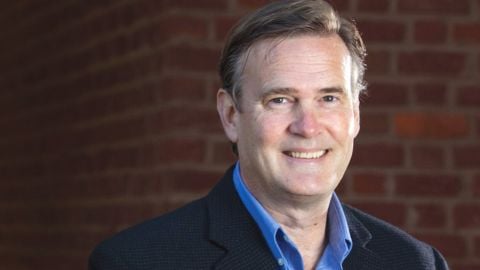Kalecki explained debt resolution by means of a fable about monetary circulation between mutually indebted individuals. Jan Toporowski explains the context and some of theoretical
implications of the fable. These point to an asymmetry in monetary policy in which excessively tight monetary policy may restrict economic activity and force resort to informal debt. Jan Toporowski is a British Economist and is currently Professor of Economics and Finance at the School of Oriental and African Studies, London. He is also Visiting Professor of Economics at the University of Bergamo, Italy. He received his PhD in Social Sciences from Birmingham University, and before becoming an academic he worked in fund management and international banking. He has since been widely published on financial and monetary economics and is completing an intellectual biography of Michal Kalecki.
Image courtesy of interviewee. February 6, 2018






